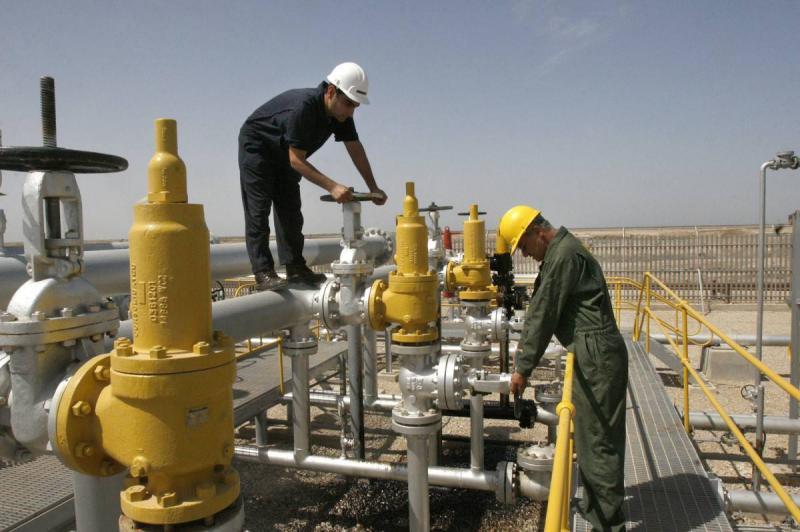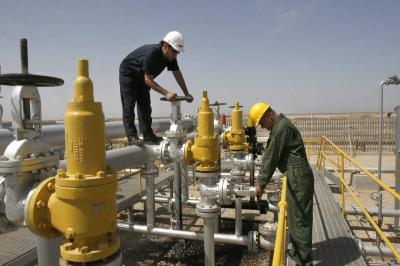Oil prices slightly declined today, Thursday, after two days of gains supported by a decrease in US fuel and distillate inventories and a broader market recovery. Investors are weighing signs of continued strong demand for oil products, including gasoline, against disruptions caused by the spread of mutated coronavirus variants. Concurrently, China is supplying crude from its strategic reserves to local refineries in an attempt to calm prices.
Brent crude futures for September fell by 0.5% to $71.90 per barrel on the European futures exchange. West Texas Intermediate (WTI) crude for September delivery declined by 0.4%, registering $70.03 per barrel on the New York Mercantile Exchange, after rising nearly 6% during the previous two sessions. Oil prices dropped on Monday amid concerns over the pandemic and OPEC's plans with its allies to increase supplies, followed by a price recovery after the Energy Information Administration reported that oil inventories at the primary storage hub in Cushing, Oklahoma, fell to their lowest level since January 2020.
Hui Li, an economic analyst at Oversea-Chinese Banking Corp, citing extremely strong oil consumption, stated, "There may be some short-term volatility, but any price below $70 won't last long," adding, "We have seen risk sentiment rise globally yesterday." Despite an unexpected increase in total US crude inventories, distillate and gasoline supplies contracted, according to the Energy Information Administration. Data from around the world now shows that gasoline consumption increased by about 4% compared to 2019 levels in the US, India, Spain, and Portugal, while demand fell by 6% in the UK. China, for its part, increased its strategic petroleum reserve by about 3 million tons, or 22 million barrels earlier this month, according to informed sources, attributing this move to Beijing's effort to stabilize prices, which may weaken China's demand for imported crude.




